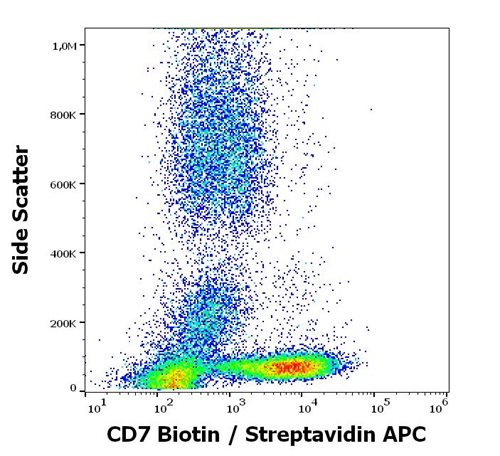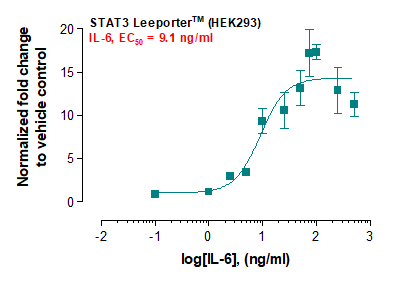Recombinant HIV-1 Envelope conjugated to HIV-2 gp39
Shipping Info:
For estimated delivery dates, please contact us at [email protected]
| Amount : | 0.5 mg |
| Purification : | Greater than 95.0% as determined by HPLC analysis and SDS-PAGE. |
| Content : | 100mM NaPO4, pH 6 and 0.05% SDS. |
| Storage condition : | HIV-1,2 although stable at 4°C for 1 week, should be stored below -18°C. Please prevent freeze thaw cycles. |
Source : Escherichia Coli. HIV-1,2 recombinant- E.Coli derived recombinant 27 kDa protein contains the C- terminus of gp120 and most of gp41. The protein is conjugated to a 23 amino acids synthetic peptide derived from gp39 of HIV-2. HIV-1 and HIV-2 appear to package their RNA differently. HIV-1 binds to any appropriate RNA whereas HIV-2 preferentially binds to mRNA which creates the Gag protein itself. This means that HIV-1 is better able to mutate. HIV-2 is transmitted in the same ways as HIV-1: Through exposure to bodily fluids such as blood, semen, tears and vaginal fluids.Immunodeficiency develops more slowly with HIV-2.HIV-2 is less infectious in the early stages of the virus than with HIV-1.The infectiousness of HIV-2 increases as the virus progresses.Major differences include reduced pathogenicity of HIV-2 relative to HIV-1, enhanced immune control of HIV-2 infection and often some degree of CD4-independence. Despite considerable sequence and phenotypic differences between HIV-1 and 2 envelopes, structurally they are quite similar. Both membrane-anchored proteins eventually form the 6-helix bundles from the N-terminal and C-terminal regions of the ectodomain, which is common to many viral and cellular fusion proteins and which seems to drive fusion.HIV-1 gp41 helical regions can form more stable 6-helix bundles than HIV-2 gp41 helical regions however HIV-2 fusion occurs at a lower threshold temperature (25°C), does not require Ca2+ in the medium, is insensitive to treatment of target cells with cytochalasin B, and is not affected by target membrane glycosphingolipid composition.
|
There are currently no product reviews
|















.png)











